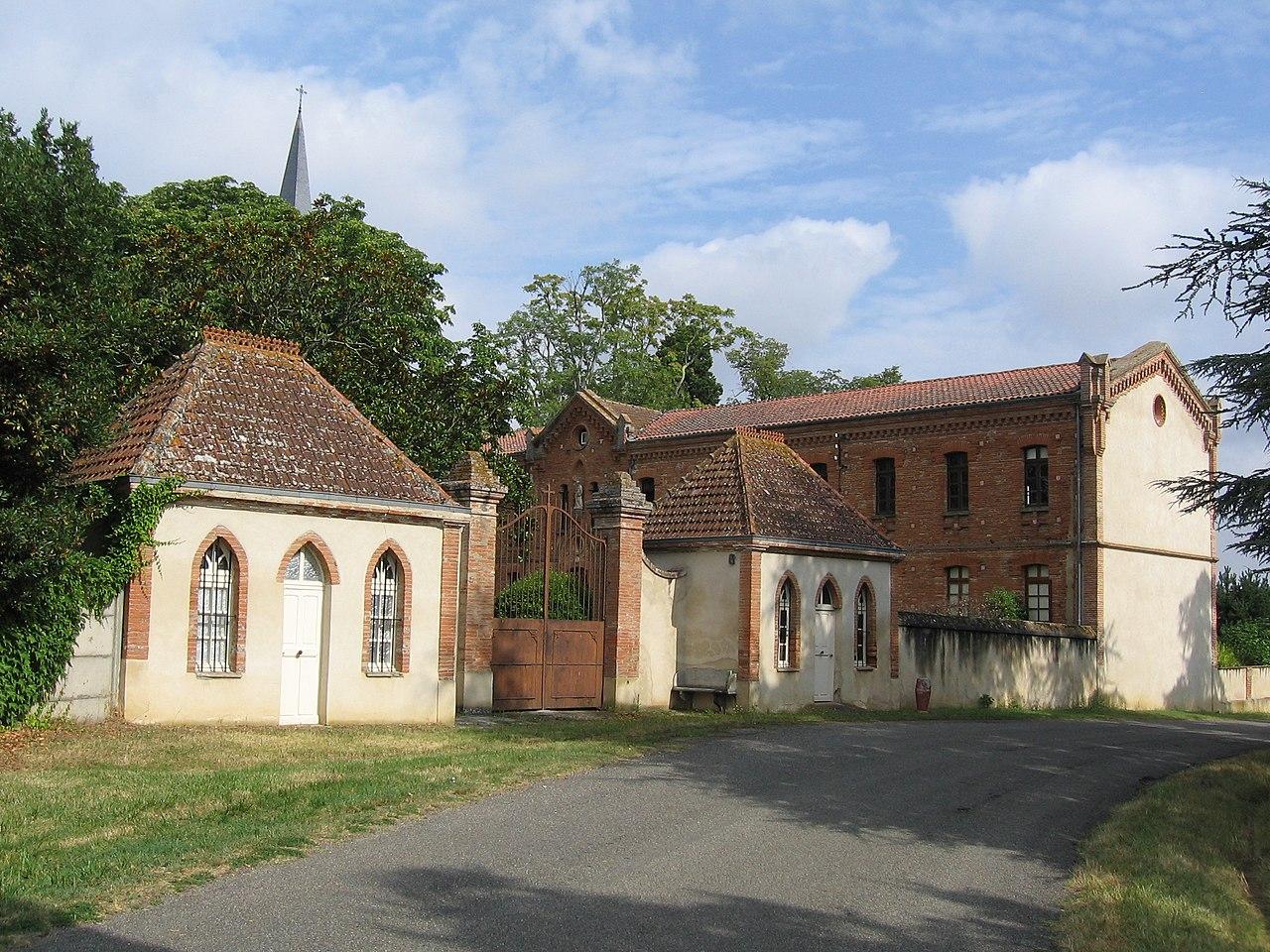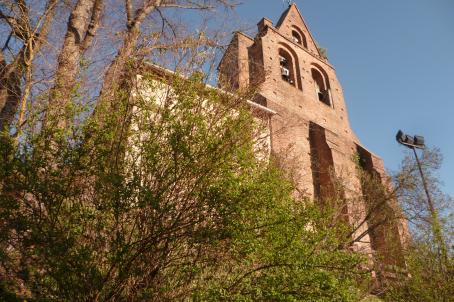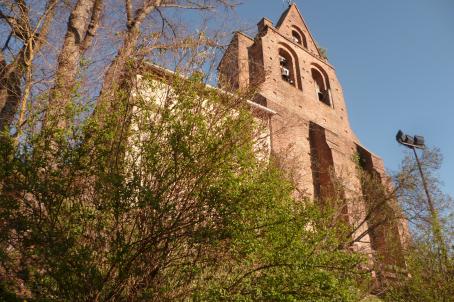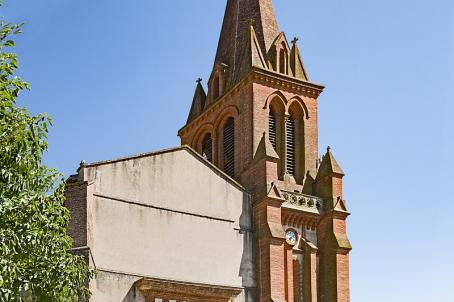Abbey Sainte-Marie du Désert

The Abbey Sainte-Marie du Désert is a Trappist monastery founded in 1852, on a hermitage dating from the 12th century. In 1109, Marie Desclassan, a young nobleman, retired to the Herm Valley to live there as a hermit. She died in 1117, and her tomb became a place of pilgrimage under the name of Sainte-Marie-de-l'Herm. The chapel built on the site, spared by the Hundred Years' War, was destroyed during the French Revolution. In 1819, the parish priest of a neighbouring village rebuilt the chapel which revived the pilgrimage and eventually attracted a Cistercian community. The abbey has a small production of craft products, including mead.





